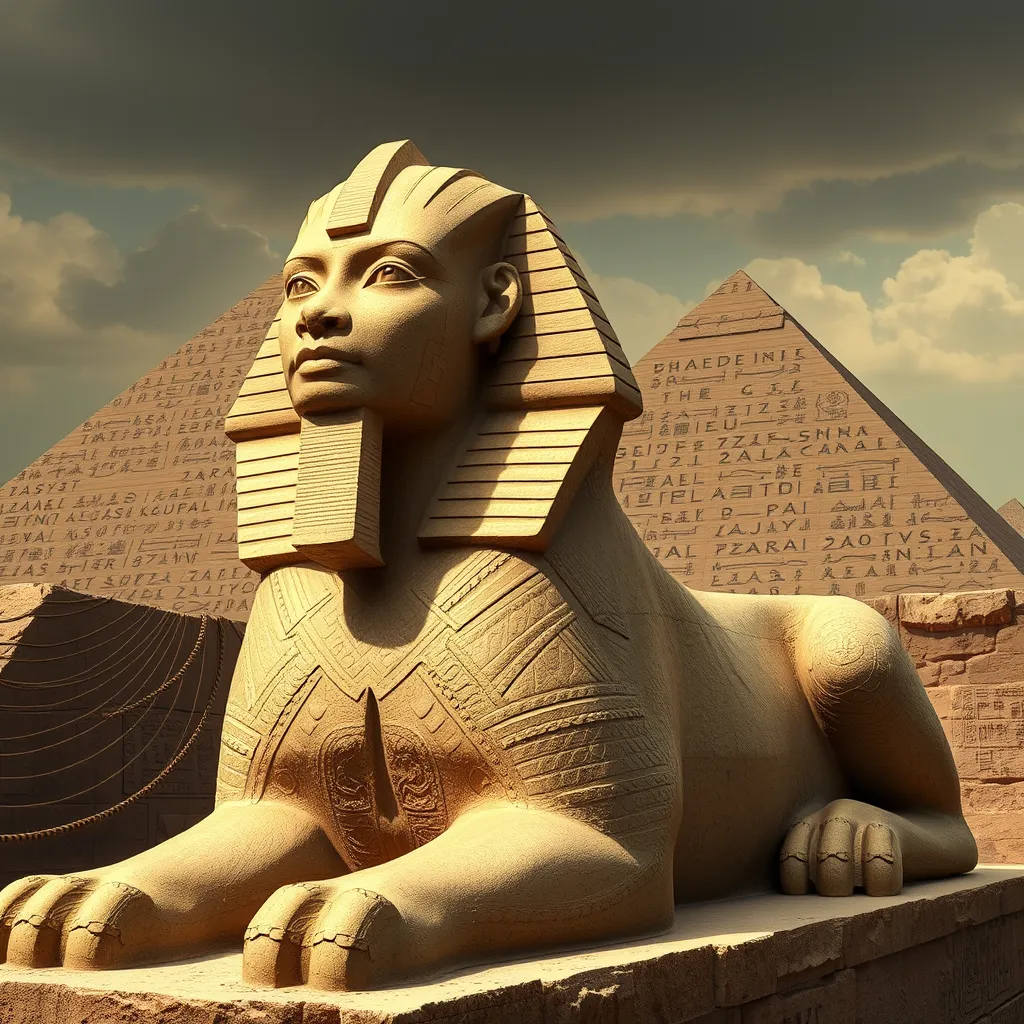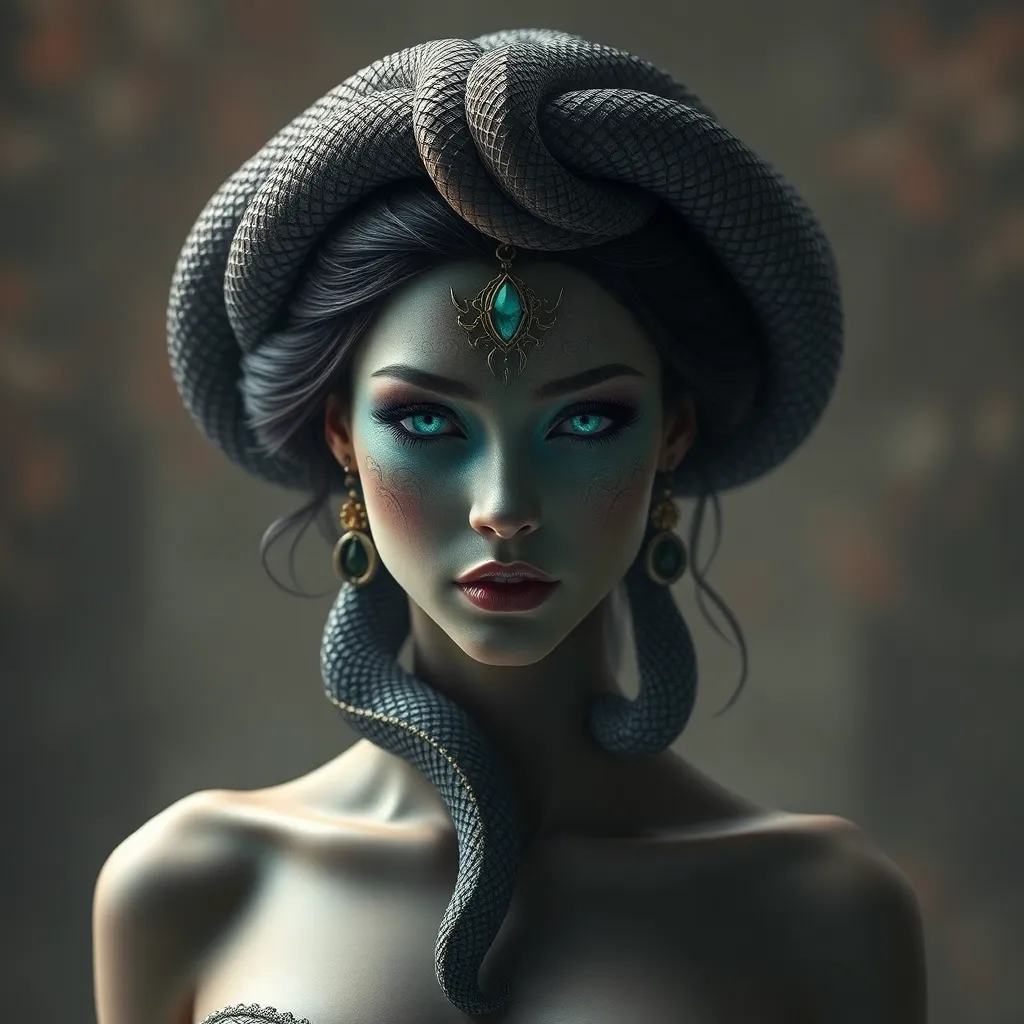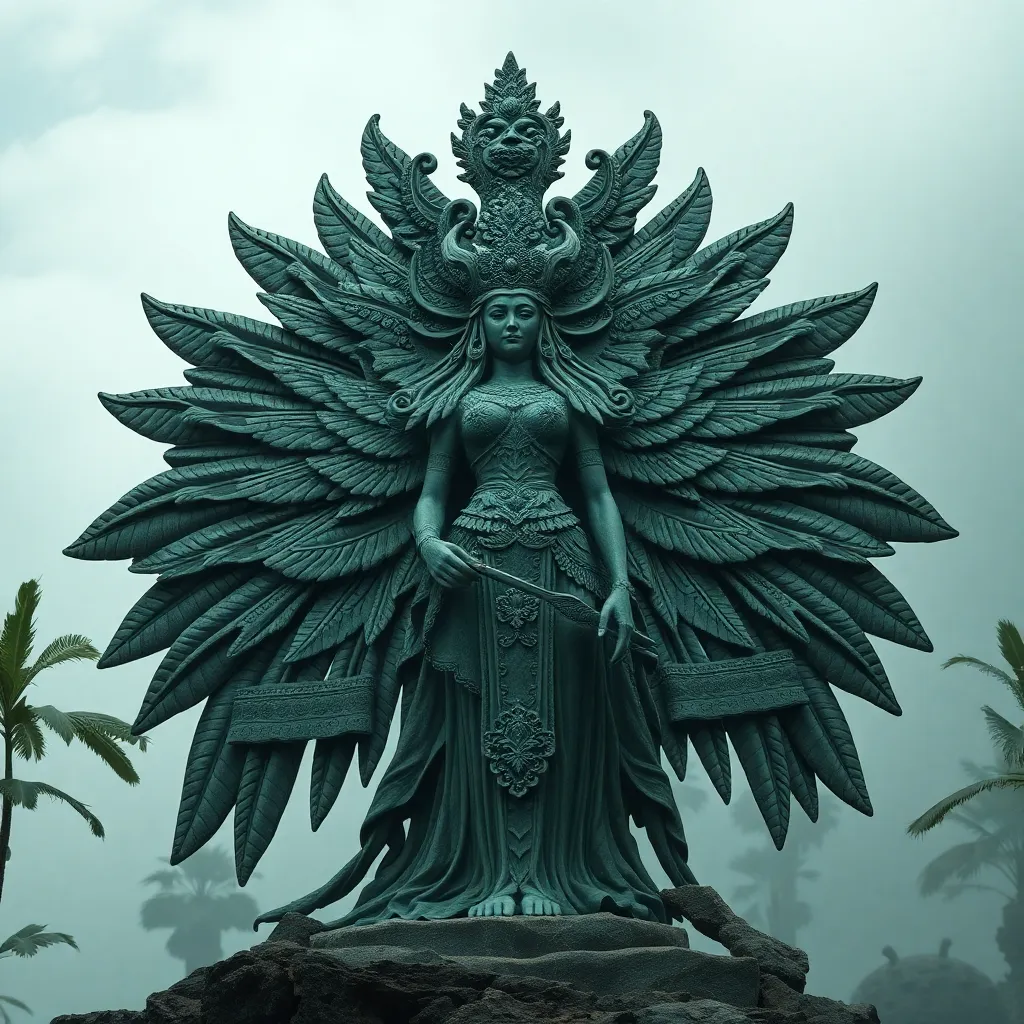The Giants of the Underworld: The Hecatoncheires and their Connection to Tartarus
I. Introduction
The Hecatoncheires, often referred to as the “Hundred-Handed Ones,” are among the most intriguing figures in Greek mythology. Born of the primordial deities Uranus (the sky) and Gaia (the earth), these giants are characterized by their extraordinary physical attributes and immense strength. Their significance extends beyond mere brute force; they represent the chaos that existed before the creation of order in the world.
Tartarus, on the other hand, is a profound abyss in Greek mythology, often depicted as a dark prison for the defeated Titans and a place of torment for the wicked. The connection between the Hecatoncheires and Tartarus is vital in understanding the larger mythological narrative that encompasses the struggle between chaos and order.
This article aims to explore the relationship between the Hecatoncheires and Tartarus, shedding light on their origins, roles in mythology, and symbolic meanings.
II. The Origin of the Hecatoncheires
The Hecatoncheires are the offspring of Uranus and Gaia, making them brothers to the Titans. Their birth narrative reflects the tumultuous relationships among the primordial deities. Uranus, fearing the power of his children, imprisoned them within Gaia, causing her great pain. This led to a rebellion, instigated by the Titan Cronus, who eventually overthrew Uranus.
Physically, the Hecatoncheires are described as having one hundred arms and fifty heads. Their immense size and strength symbolize the raw, untamed forces of nature. They are often seen as embodiments of chaos, yet they also hold the potential for order as they align with Zeus against the Titans.
III. The Hecatoncheires: Names and Identities
The three Hecatoncheires are named Briareus, Cottus, and Gyes. Each possesses unique attributes that contribute to their identities within the mythological framework:
- Briareus: Known for his unparalleled strength and ferocity in battle, Briareus is sometimes referred to as Aegaeon, a name that symbolizes his connection to the sea.
- Cottus: Cottus is characterized by his fierce temperament and is often associated with destructive forces. His name is believed to mean “the fierce.”
- Gyes: Gyes, the third brother, is known for his capability in battle and his unique connection to the earth, embodying the primal forces of nature.
The symbolism behind their names and forms reflects the duality of their existence: they are both terrifying and awe-inspiring, representing the chaotic forces that must be harnessed to create order.
IV. The Role of the Hecatoncheires in the Titanomachy
The Titanomachy, the epic battle between the Titans and the Olympians, is a cornerstone of Greek mythology. The Hecatoncheires played a pivotal role in this conflict, aligning themselves with Zeus and the Olympian gods. Their immense power and combat skills proved invaluable in the struggle against the Titans, who were initially favored in the battle.
In this fierce struggle, the Hecatoncheires provided the Olympians with critical advantages:
- They hurled massive boulders at the Titans, using their hundred arms to wreak havoc on their enemies.
- Their presence instilled fear among the Titans, disrupting their strategy and morale.
- Ultimately, their allegiance to Zeus helped in the overthrow of Cronus and the establishment of the Olympian order.
V. The Connection Between Hecatoncheires and Tartarus
Tartarus serves as a dark abyss and a prison for the defeated Titans, a place of punishment and despair. The Hecatoncheires are often depicted as the guardians of this abyss, tasked with overseeing the imprisoned Titans and ensuring they do not escape. This role is significant in the larger narrative of order versus chaos.
Myths describe the Hecatoncheires interacting with Tartarus in various ways:
- They are said to have helped imprison the Titans in Tartarus after the Titanomachy, using their immense strength to bind them and secure the abyss.
- As guardians, they ensure that the balance of power remains intact, preventing chaos from spilling forth into the world.
- Their connection to Tartarus symbolizes the eternal struggle between order and chaos, reflecting the consequences of rebellion against the natural order.
VI. The Symbolic Interpretation of the Hecatoncheires
The Hecatoncheires embody a rich tapestry of symbolic meanings within Greek mythology. They represent both chaos and order, destruction and protection. Their unique position illustrates the duality of their powers:
- Chaos: The Hecatoncheires can be seen as embodiments of the primal chaos that existed before the establishment of order in the cosmos.
- Order: Their role as guardians of Tartarus signifies the necessity of control and balance in the universe.
In the broader context of Greek mythology, the Hecatoncheires serve as a reminder of the delicate balance between creation and destruction, emphasizing the importance of harmony in the cosmos.
VII. Legacy and Influence in Literature and Art
The Hecatoncheires have left a lasting legacy in literature and art throughout history. Ancient texts, such as Hesiod’s “Theogony,” provide the earliest accounts of these giants, detailing their origins and roles in the mythological hierarchy. Their formidable presence has inspired countless interpretations in various forms of art:
- Literature: From classical works to modern adaptations, the Hecatoncheires have appeared in numerous narratives, symbolizing the struggle between chaos and order.
- Visual Art: Artists throughout the ages have depicted the Hecatoncheires in paintings, sculptures, and reliefs, often emphasizing their monstrous forms and immense strength.
- Modern Media: The influence of the Hecatoncheires can be seen in contemporary films, games, and literature, where they continue to represent power and chaos.
VIII. Conclusion
The Hecatoncheires hold a significant place in the rich tapestry of Greek mythology, representing the complex themes of chaos, order, and the struggle for balance. Their connection to Tartarus as guardians of the abyss emphasizes their role in maintaining the cosmic order after the overthrow of the Titans.
As symbols of the duality of existence, the Hecatoncheires remind us of the perpetual tension between creation and destruction, a theme that resonates throughout human cultural narratives. Their lasting impact on literature, art, and modern interpretations underscores our enduring fascination with these giants of the underworld.



